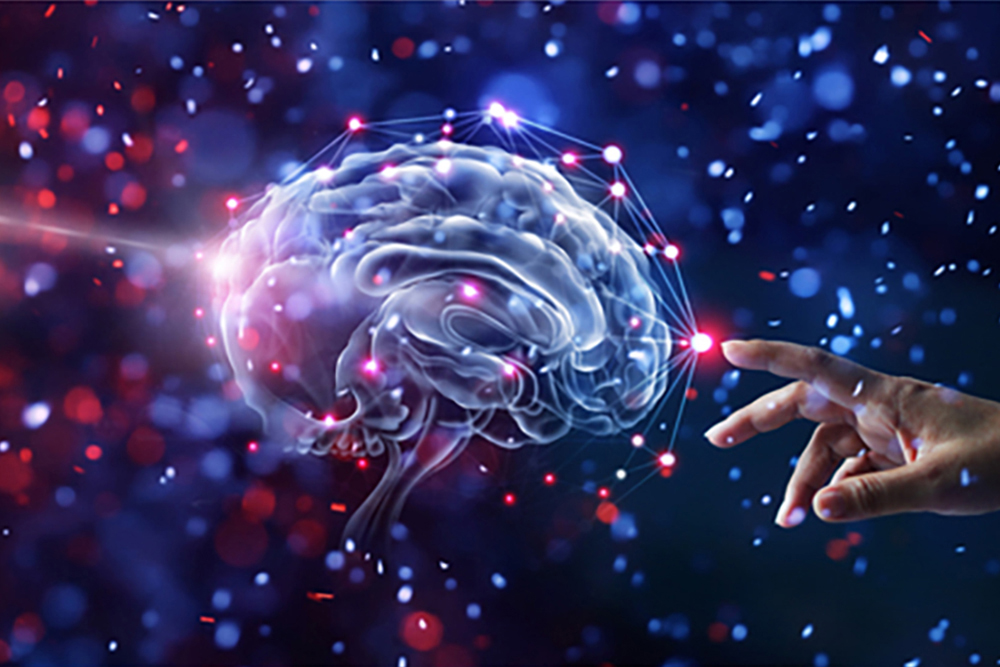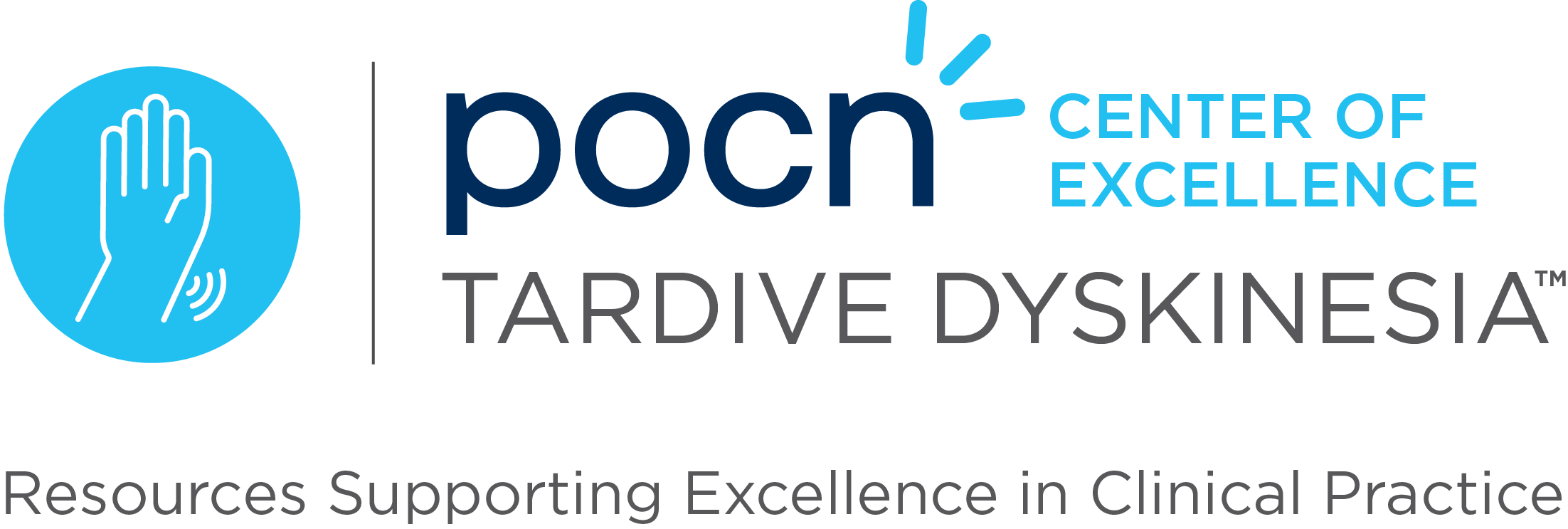Study Reveals Tardive Dyskinesia Worsens Cognitive Impairment in Schizophrenia, With Gender-Specific Effects

In a study on cognitive impairment in patients with schizophrenia with tardive dyskinesia (TD), researchers found that TD exacerbates existing cognitive deficits in schizophrenia. Particularly, patients with TD displayed worse cognitive performance, notably in visuospatial/constructional and attention domains, compared with those without TD. Notably, while male patients with TD exhibited significant cognitive impairments, this was not observed in female patients, suggesting a possible protective effect of female gender against TD and cognitive deficits, potentially linked to hormonal factors like estrogen.
Study Links Neuronal Degeneration in Tardive Dyskinesia to Brain Connectivity Changes Using MRI

Researchers investigated the role of neuronal degeneration in tardive dyskinesia (TD) by analyzing cerebral regional homogeneity (ReHo) using resting-state functional MRI in patients with schizophrenia, both with and without TD, and healthy controls. Significant ReHo variations were found in specific brain regions of patients with TD, indicating altered neural connectivity. These variations were correlated with the severity of TD symptoms, highlighting ReHo’s potential in understanding TD’s etiology and progression.
Study Reveals Profound Impact of Tardive Dyskinesia on Caregivers in the United States

Researchers of a survey-based study in the United States involving 162 caregivers, highlight the profound impact of tardive dyskinesia (TD) on patients across physical, psychological, and social domains, with over 80% of caregivers reporting severe impact. Additionally, caregivers experience significant burden, with TD-related caregiving tasks affecting their psychological well-being, daily activities, and professional lives. Caregivers, particularly those of patients with more severe TD symptoms, report feelings of anxiety, sadness, and being overwhelmed. The impact on caregivers’ work productivity is notable, with high levels of presenteeism and overall work impairment reported.
Unusual Case of Tardive Dyskinesia in Young Patient Raises Questions About Low-Dose Second-Generation Antipsychotics

A case presented a 28-year-old female with osteogenesis imperfecta and major depressive disorder with psychotic features, who developed tardive dyskinesia (TD) after taking a low-dose second-generation antipsychotic, risperidone (2 mg), for three months. Despite discontinuing risperidone and switching to quetiapine, her symptoms, including akathisia, dystonia, involuntary movements, and lip smacking, persisted, leading to a diagnosis of TD. This case is noteworthy as TD is less commonly reported with low-dose monotherapy of second-generation antipsychotics, especially in younger patients.
The Extensive Impact of Tardive Dyskinesia Physically, Psychologically, and Socially

Researchers of a study assessed the multifaceted impact of tardive dyskinesia (TD) on patients through an online survey that took place from April 2020 to June 2021. Participants, who were diagnosed with TD and associated conditions like schizophrenia, bipolar disorder, or major depressive disorder, evaluated the impact of TD on their physical, psychological, and social functioning using Likert scales. They also completed the Work Productivity and Activity Impairment Questionnaire, providing insights into TD’s influence on their underlying psychiatric conditions.
RE-KINECT Study Shows the Extensive Impact of Tardive Dyskinesia on Patients and Caregivers

Researchers investigated the pathophysiology and etiology of tardive dyskinesia (TD). The study found that TD was seen in patients on long-term dopaminergic antagonist drugs. Individuals with conditions like schizophrenia, schizoaffective disorder, and bipolar disorder are more prone to TD, especially after long-term antipsychotic use; however, even those with disorders such as fetal alcohol syndrome can develop TD after a single dose of certain agents.
Researchers concluded that TD should be differentiated from other movement disorders induced by dopamine antagonists, that the risk for TD increases in females, older patients, and those with prolonged exposure to potent dopamine antagonists, and some patients might experience withdrawal dyskinesias when they stop taking dopamine antagonists, which are often resistant to treatment.
Tardive Dyskinesia Impact Scale Enhances Patient-Centric Assessment of the Movement Disorder

In a recent study, researchers aimed to develop and evaluate the Tardive Dyskinesia Impact Scale (TDIS), a patient-reported outcome measure specifically designed to assess the impact of tardive dyskinesia (TD) on patients.
Evaluating the Susceptibility to Tardive Dyskinesia in Patients With Schizophrenia

In a study involving 216 patients with schizophrenia, researchers investigated the link between polymorphisms in oxidative stress-related genes and adenosine receptor gene with tardive dyskinesia (TD) occurrence and cognitive impairments. Patients were separated into two groups: TD group (n=157) and non-TD group (n=59). The extraction of DNA was completed by using a high-salt method, as well as SNP genotyping. The Abnormal Involuntary Movement Scale, Positive and Negative Syndrome Scale, and Repeated Battery for Assessment of Neuropsychological Status were used to measure TD severity, psychopathology, and cognitive functioning. In this group of patients, it was found that the interaction of oxidative stress-related genes and adenosine receptor gene might contribute to TD susceptibility and severity.
RE-KINECT Study Results: Physical Wellness and Social Functioning Impact

In a real-world study of possible patients with tardive dyskinesia (TD) treated with antipsychotics, researchers aimed to understand its impact on patient health and social functioning
Dr. Stacy Finkbeiner Explores the Effects of Tardive Dyskinesia on Life’s Key Domains in a Groundbreaking Study

In this YouTube video, Stacy Finkbeiner, PhD, discusses a study published in The Journal of Clinical Psychiatry on the profound impact of tardive dyskinesia (TD) on patients’ lives across physical, psychological, social, and professional realms. The survey, conducted in the United States, reveals that TD significantly impacts various aspects of life, including motor function, sleep, emotional well-being, social interaction, and employment. Notably, over one-third of those surveyed have skipped or ceased their medication due to the severity of their TD symptoms.

